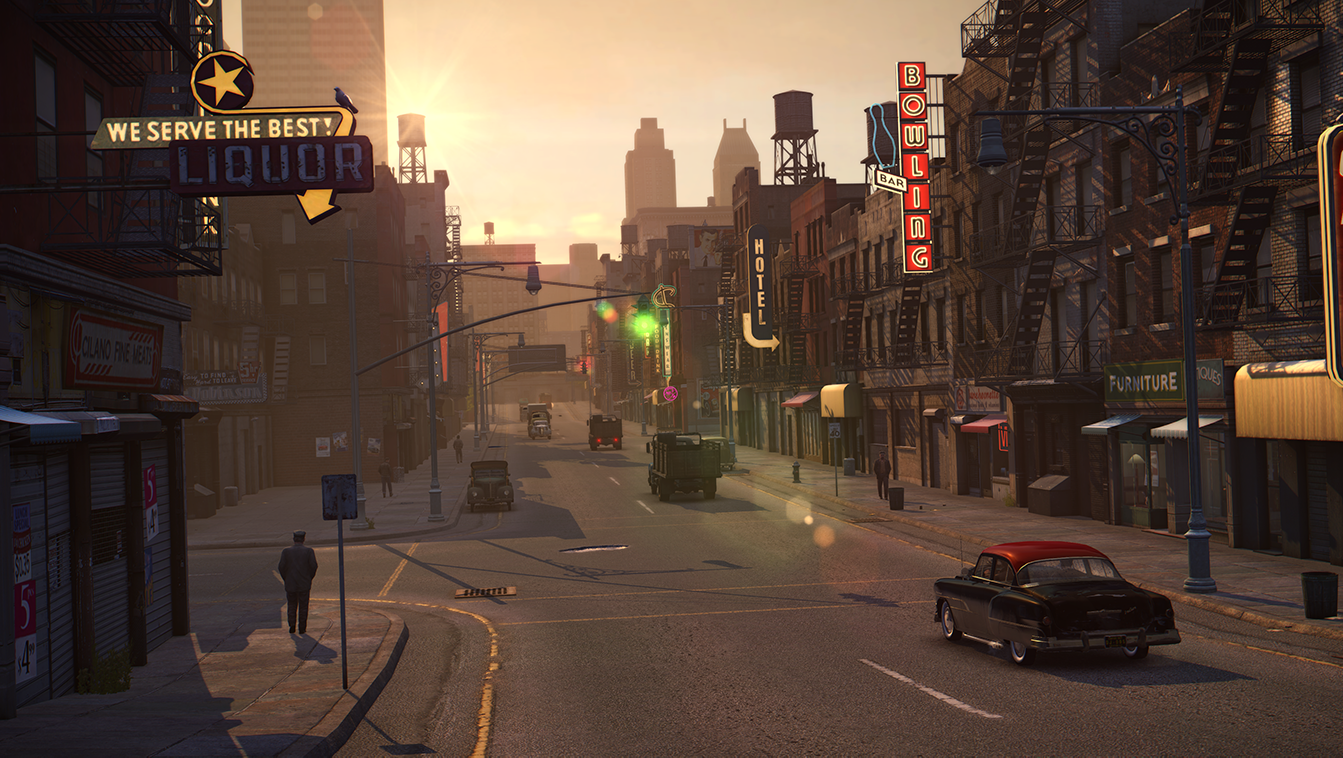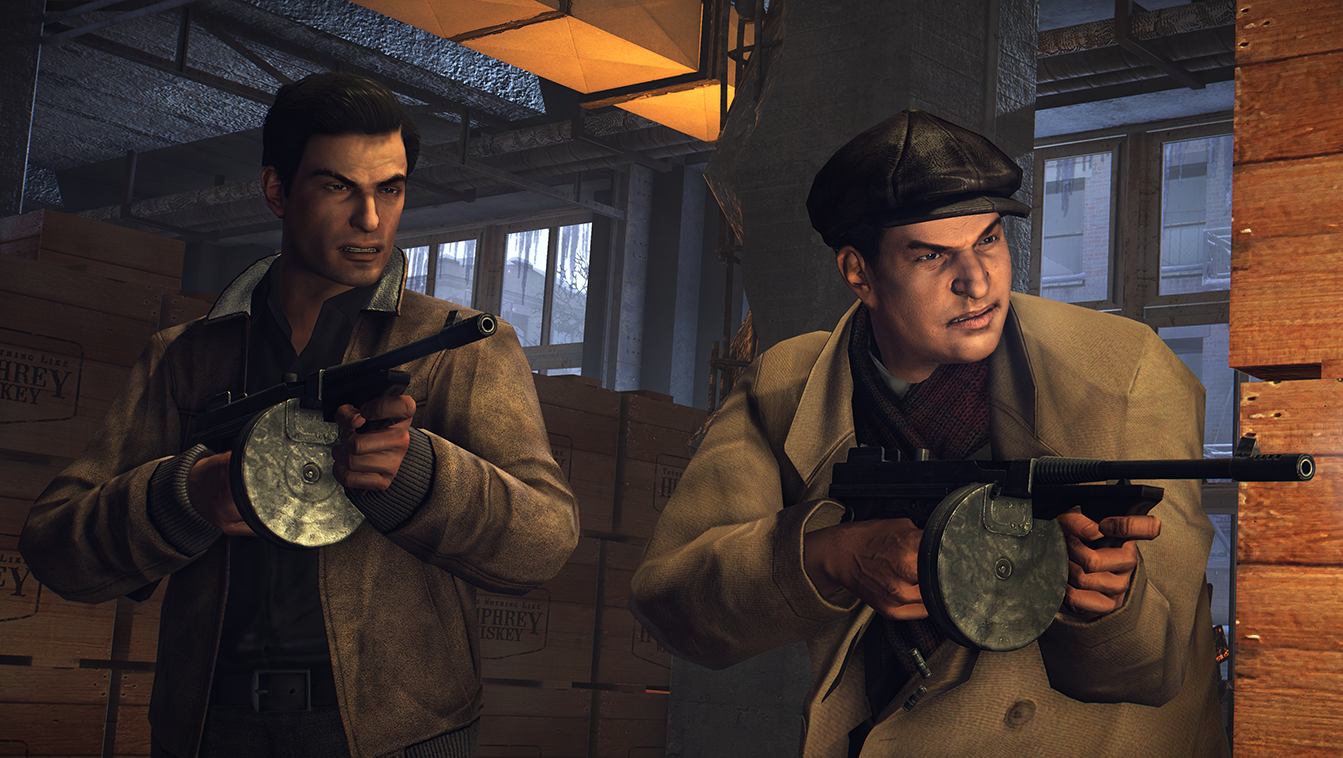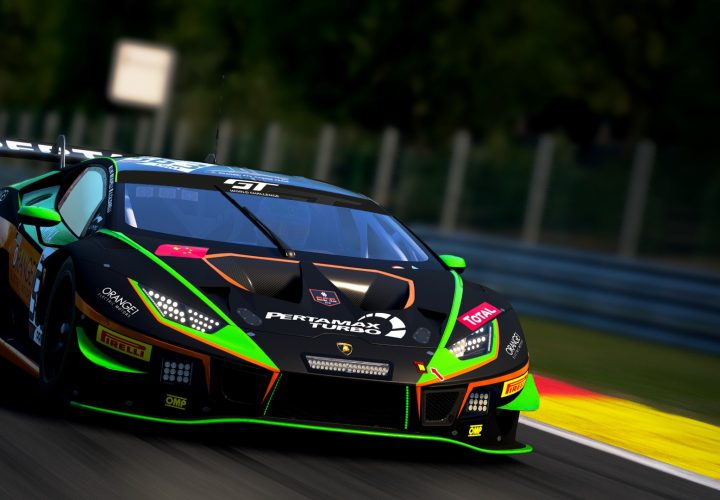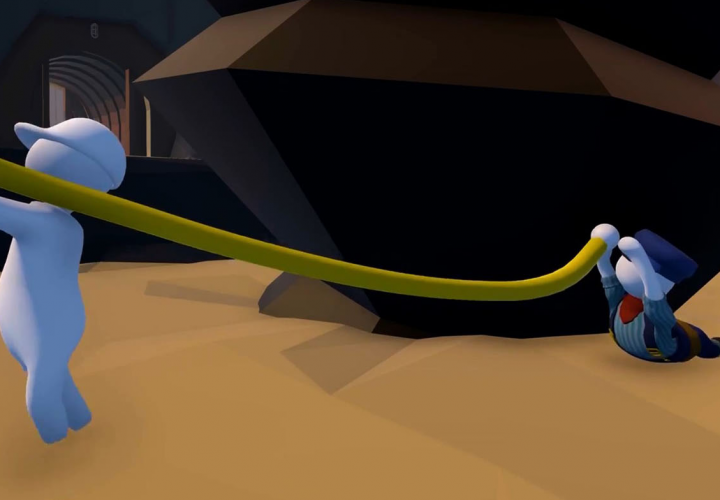In a game driven primarily by its characters, we knew from the outset that retaining likeness was a top priority. Most characters benefited from increased geometry to better define facial features, along with skin micro detailing via higher res textures to improve the overall visual fidelity and quality, in-line with modern titles.
The topology was reworked to allow more nuanced animation and avoid unsightly pinching. However, we found that increasing poly counts resulted in subtle, but compounding changes in character appearance, so considerable effort went into making sure the characters did not alter too much. Increasing the fidelity of appearance meant animation needed to be redone or adjusted, particularly when the skeletons were upgraded to use 90 bones as opposed to the original 28. We increased the capacity of the characters to move their brows, mouth, and nasal creases, as well as improving the skin shader, so as to expand their capacity to convey believable emotion.
The lighting in the original game was particularly good for its time, so did not need a widespread overhaul. That meant we were able to instead devote time to the post-effects pipeline to give greater depth to the scene and help lift the image. This had to work in conjunction with several different areas: anti-aliasing, ambient occlusion, increased resolution of textures, and HDR.
For ambient occlusion we took the original baked AO solution and re-rendered this at higher resolution. The original game had an SSAO implementation, but it was not very accurate and did not scale too well at higher resolutions. We implemented HBAO to handle screen-space AO which really helps pick out the finer shadowed detail in scenes.

